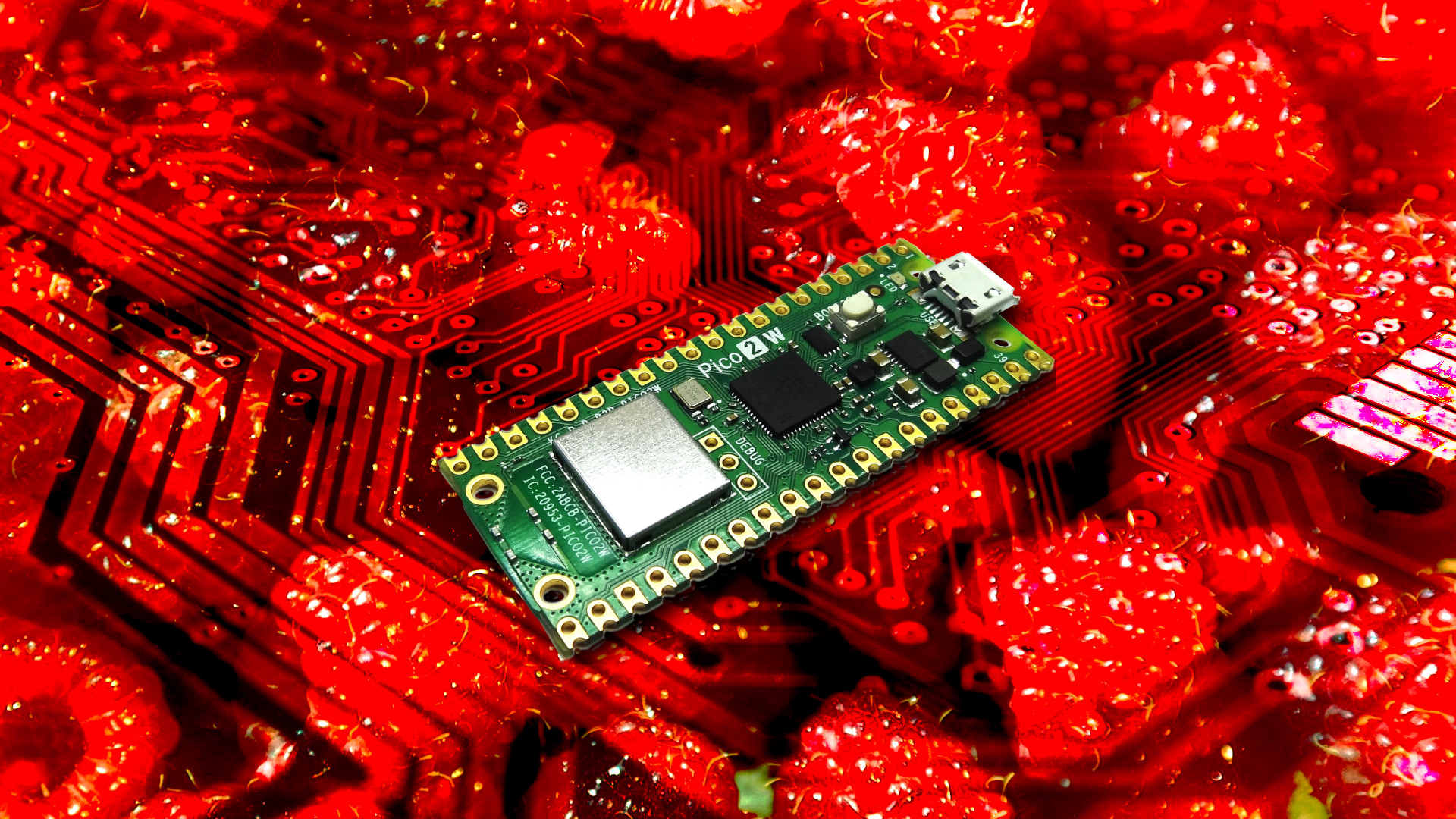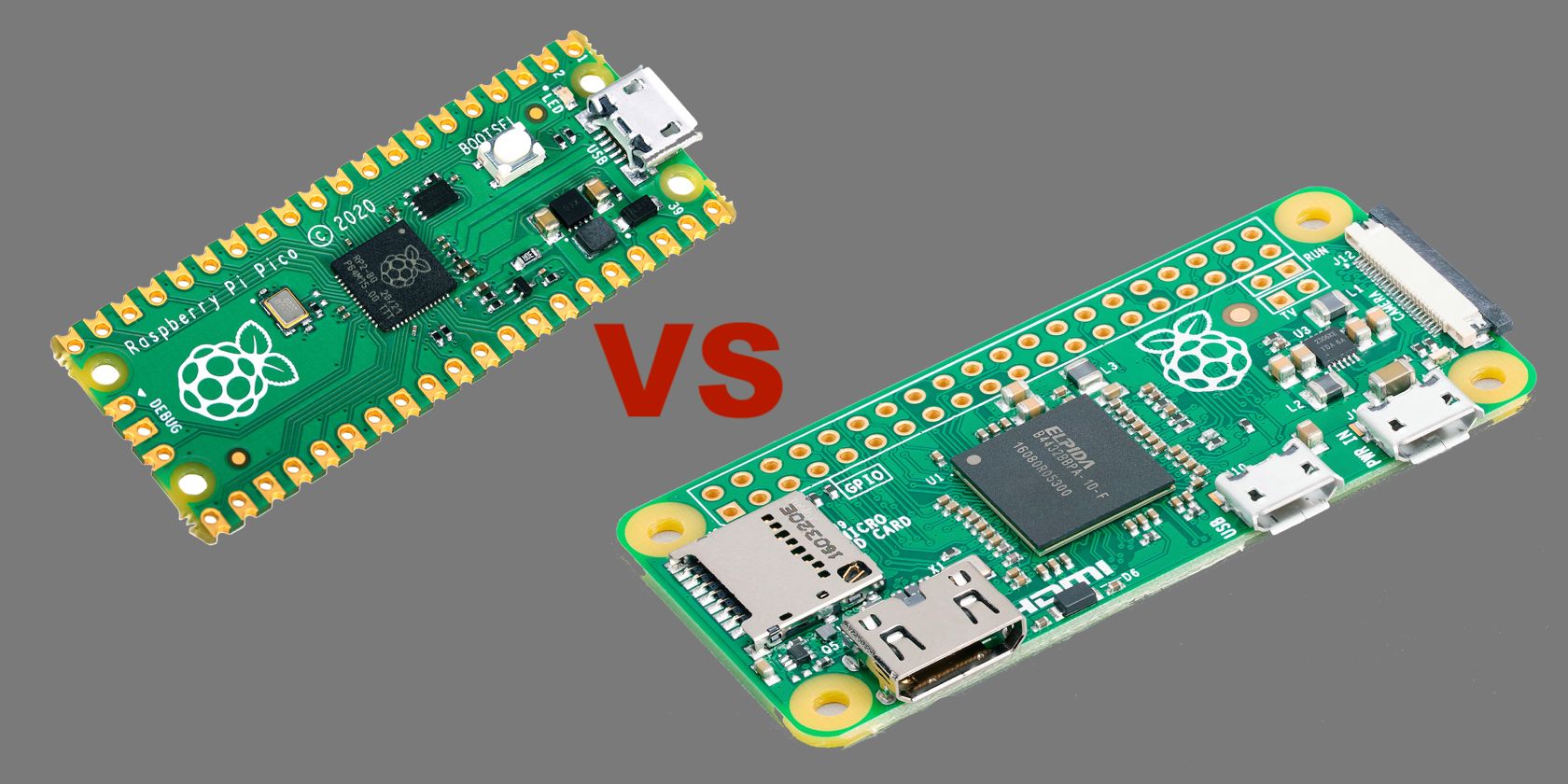Hey there tech enthusiasts! If you've been diving into the world of IoT and cloud computing, chances are you’ve come across the term "RemoteIoT VPC Review Raspberry Pi." But what exactly does it mean, and why should you care? Well, buckle up because we’re about to break it down for you in simple terms. Whether you're a seasoned developer or just starting your journey into the realm of IoT, this guide is packed with actionable insights. Let’s dig in, shall we?
You’ve probably heard about Raspberry Pi by now—it’s the tiny powerhouse that’s revolutionizing how people approach DIY tech projects. But what happens when you combine it with a Virtual Private Cloud (VPC) like RemoteIoT? It’s like giving your little Pi superhero powers. Suddenly, you’ve got a device capable of handling complex tasks, secure data storage, and seamless connectivity. Sounds cool, right?
Now, before we dive into the nitty-gritty of RemoteIoT VPC and Raspberry Pi, let’s address the elephant in the room. Why does this matter? In today’s hyper-connected world, having a reliable IoT setup is crucial. Whether you’re building smart home gadgets or monitoring industrial equipment, RemoteIoT VPC and Raspberry Pi can be your ultimate tech duo. Stick around, and we’ll show you why!
Read also:Securely Connect Remote Iot Vpc Raspberry Pi Download Free A Beginners Guide
What is RemoteIoT VPC and Why Should You Care?
Alright, let’s start with the basics. RemoteIoT VPC stands for Virtual Private Cloud, specifically tailored for IoT projects. Think of it as a secure, isolated space in the cloud where all your IoT devices can communicate without worrying about hackers or data breaches. RemoteIoT VPC takes it a step further by offering advanced features like automated backups, scalable resources, and real-time analytics.
Here’s the kicker—when you pair RemoteIoT VPC with Raspberry Pi, you’re essentially creating a mini data center in your pocket. The Pi acts as the brains of the operation, processing data locally while RemoteIoT VPC handles everything else in the cloud. This combination gives you the best of both worlds: local processing power and cloud scalability.
Some key benefits of RemoteIoT VPC include:
- Enhanced security for your IoT devices
- Scalable storage and compute resources
- Real-time data analytics and monitoring
- Easy integration with third-party apps
How Does RemoteIoT VPC Work with Raspberry Pi?
Now that we’ve covered the basics, let’s talk about the magic that happens when RemoteIoT VPC meets Raspberry Pi. Essentially, the Pi acts as a gateway between your physical devices and the cloud. It collects data from sensors, cameras, or other IoT devices and sends it to RemoteIoT VPC for processing. From there, the VPC can analyze the data, trigger alerts, or even control other devices in your network.
For example, imagine you’re building a smart home system. Your Raspberry Pi can collect temperature readings from a sensor and send them to RemoteIoT VPC. The VPC then analyzes the data and adjusts your thermostat accordingly. All of this happens seamlessly in the background, without you lifting a finger. Pretty neat, huh?
Setting Up RemoteIoT VPC with Raspberry Pi
Setting up RemoteIoT VPC with Raspberry Pi might sound intimidating, but trust me, it’s easier than you think. Here’s a step-by-step guide to get you started:
Read also:Did Amy Roloff Die Uncovering The Truth Behind The Rumors
Step 1: Gather Your Materials
Before you begin, make sure you have the following:
- Raspberry Pi (any model will do, but newer models offer better performance)
- MicroSD card with Raspberry Pi OS installed
- Power supply for your Raspberry Pi
- A stable internet connection
Step 2: Create a RemoteIoT VPC Account
Head over to the RemoteIoT website and sign up for an account. Once you’re logged in, create a new VPC instance. Don’t worry if you’re not sure what settings to use—RemoteIoT offers pre-configured templates to make things easier.
Step 3: Connect Your Raspberry Pi to RemoteIoT VPC
Now it’s time to connect your Raspberry Pi to RemoteIoT VPC. This involves installing a small client app on your Pi and linking it to your VPC instance. The process is straightforward, and RemoteIoT provides detailed instructions to guide you through each step.
Advantages of Using RemoteIoT VPC with Raspberry Pi
So, why should you choose RemoteIoT VPC over other cloud platforms? Let’s break it down:
1. Security
RemoteIoT VPC offers enterprise-grade security features, ensuring your data is protected from prying eyes. With features like end-to-end encryption and two-factor authentication, you can rest assured that your IoT devices are safe.
2. Scalability
As your IoT projects grow, so can your RemoteIoT VPC. Need more storage or compute power? No problem—just adjust your settings, and you’re good to go.
3. Cost-Effectiveness
Compared to other cloud platforms, RemoteIoT VPC offers competitive pricing without sacrificing performance. Plus, since you’re using a Raspberry Pi as your local processing unit, you’re saving on hardware costs.
Common Challenges and How to Overcome Them
Of course, no tech setup is without its challenges. Here are some common issues you might face when using RemoteIoT VPC with Raspberry Pi and how to overcome them:
Challenge 1: Connectivity Issues
Solution: Make sure your Raspberry Pi is connected to a stable internet connection. If you’re still experiencing issues, try restarting your router or contacting RemoteIoT support.
Challenge 2: Limited Storage
Solution: RemoteIoT VPC offers scalable storage options, so you can easily upgrade as needed. Alternatively, consider using external storage devices like USB drives for local storage.
Challenge 3: Complex Setup
Solution: Don’t be afraid to reach out to the RemoteIoT community or consult their extensive documentation. There’s also a wealth of tutorials available online to help you through the process.
Real-World Applications of RemoteIoT VPC and Raspberry Pi
Talking about tech is great, but seeing it in action is even better. Here are some real-world applications of RemoteIoT VPC and Raspberry Pi:
1. Smart Home Automation
Use your Raspberry Pi to control smart lights, thermostats, and security systems. RemoteIoT VPC handles the data processing and ensures everything runs smoothly.
2. Industrial Monitoring
In factories or industrial settings, RemoteIoT VPC and Raspberry Pi can monitor equipment performance, detect anomalies, and trigger alerts when something goes wrong.
3. Environmental Monitoring
Set up a network of sensors to monitor air quality, temperature, and humidity. RemoteIoT VPC can analyze the data and provide insights to help you make informed decisions.
Expert Tips for Maximizing Your RemoteIoT VPC and Raspberry Pi Setup
Here are some expert tips to help you get the most out of your RemoteIoT VPC and Raspberry Pi setup:
- Regularly update your Raspberry Pi OS and RemoteIoT VPC client to ensure you have the latest features and security patches.
- Use a static IP address for your Raspberry Pi to avoid connectivity issues.
- Monitor your VPC usage regularly to ensure you’re not exceeding your allocated resources.
Conclusion: Why RemoteIoT VPC and Raspberry Pi Are a Match Made in Heaven
There you have it—the ultimate guide to RemoteIoT VPC and Raspberry Pi. By combining these two powerful tools, you can create innovative IoT solutions that are secure, scalable, and cost-effective. Whether you’re a hobbyist or a professional, this setup has something to offer everyone.
So, what are you waiting for? Grab your Raspberry Pi, sign up for RemoteIoT VPC, and start building your dream projects. And don’t forget to share your experiences in the comments below—we’d love to hear from you! Happy tinkering, and see you in the next article.
Table of Contents
- What is RemoteIoT VPC and Why Should You Care?
- How Does RemoteIoT VPC Work with Raspberry Pi?
- Setting Up RemoteIoT VPC with Raspberry Pi
- Advantages of Using RemoteIoT VPC with Raspberry Pi
- Common Challenges and How to Overcome Them
- Real-World Applications of RemoteIoT VPC and Raspberry Pi
- Expert Tips for Maximizing Your RemoteIoT VPC and Raspberry Pi Setup
- Conclusion: Why RemoteIoT VPC and Raspberry Pi Are a Match Made in Heaven


